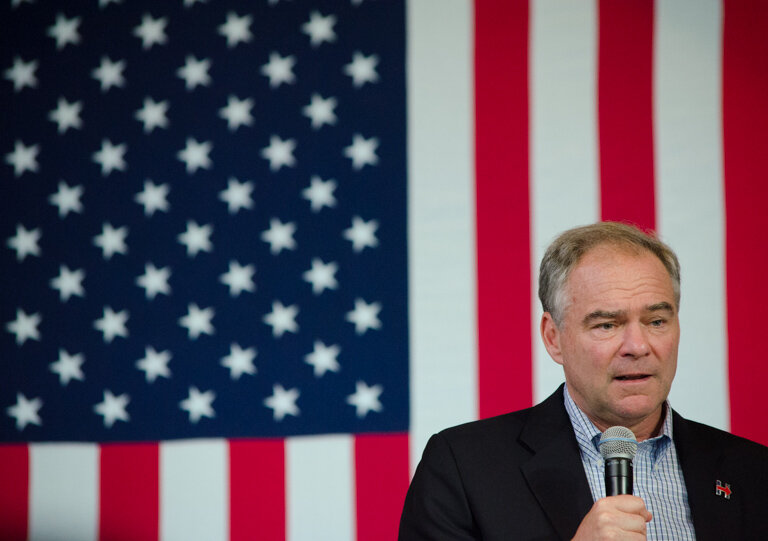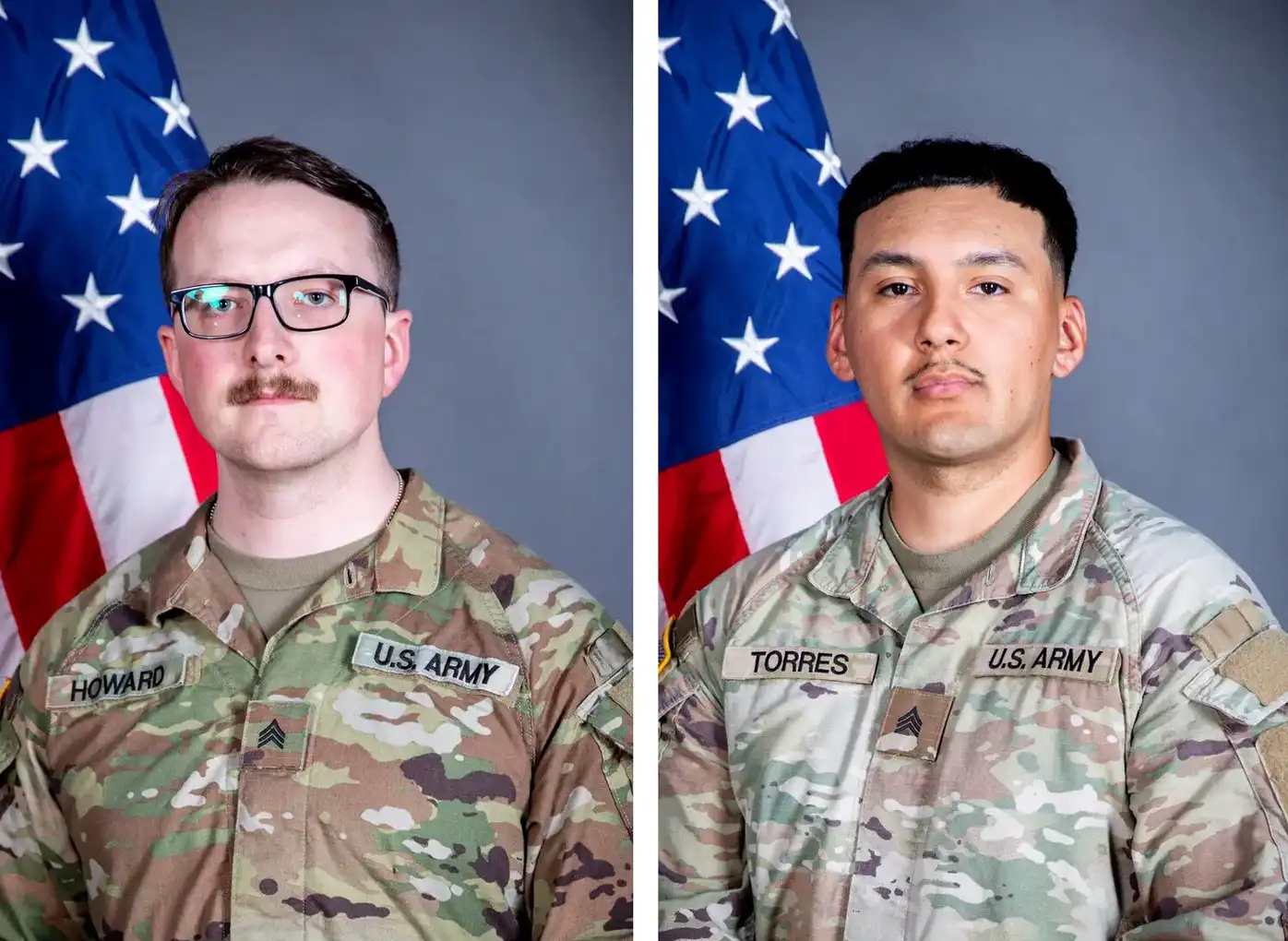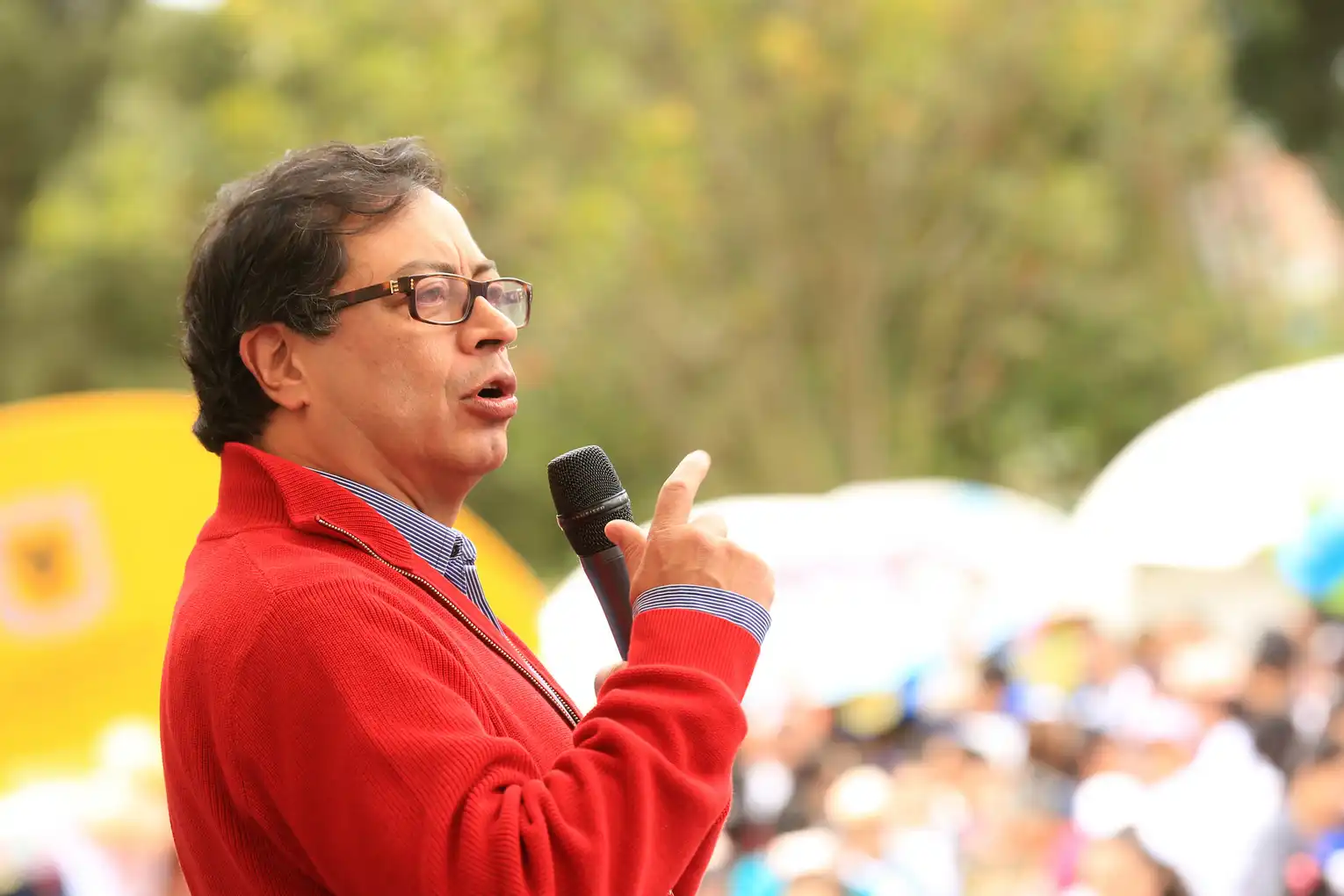PICTURED: Zalmay Khalilzad, former U.S. Ambassador to Iraq and Afghanistan. Photo credit CC Gage Skidmore.
July 30th, 2019. The UN released a report detailing the numbers of civilian deaths in Afghanistan this year and they’ve revealed some startling revelations. Just over 4000 Afghans have died or been wounded in a conflict that has been a backdrop to NATO, Taliban, and Afghan peace talks which have gone on for months.
Perhaps more startlingly, the UN reports that it is the hand of NATO which has dragged the greater share of Afghanis to their grave, not the Taliban; not even the Islamic State.
Taliban and Islamic State fighters killed 531 Afghans, including security forces, and wounded 1,437 between Jan. 1st and June 30th. Among these, 985 civilians were targeted, including government officials, tribal elders, aid workers, and religious scholars.
On the other hand pro-government forces including the United States killed 717 Afghans and wounded 680 in the same time, a 31% increase from the corresponding period in 2018. Air strikes caused 519 civilian casualties, 150 of whom were children.
Colonel Sonny Leggett, a spokesman for U.S. forces in Afghanistan, rejected the methods and findings used by the UN, telling reuters the collection of evidence by U.S. forces was “more thorough, evidentiary and accurate”.
However the Pentagon doesn’t disclose reports on civilian casualties in Afghanistan, and Leggett declined an offer to produce any numbers. The 18 year history of the conflict has played host to the United States lowballing civilian deaths many times before.
Coming up Trumps
According to journalist Bob Woodward’s 2018 book Fear: Trump in the White House, the President of the United States took lunch in the Roosevelt Room in the presence of three Army sergeants and a major in the Air Force on July 18th, 2017.
“We have plenty of ideas from a lot of people,” Trump is supposed to have said, “but I want to hear it from people on the ground.”
The President asked them what they thought the U.S. was doing in Afghanistan and where they felt the conflict was going. Afterward, Woodward writes, Trump told White House Chief of Staff Steve Bannon that the soldiers came to the White House that day in total agreement – “we’ve got to figure out how to get the f*ck out of there… Totally corrupt… the people are not worth fighting for… NATO does nothing, they’re a hindrance… it’s all bullsh*t.”
Fast forward to the end of July, around the time to UN mission in Afghanistan released its latest casualty report, and Secretary of State Mike Pompeo is quoted in response to whether or not America should expect to be withdrawn from Afghanistan before the 2020 election, “that’s my directive from the President of the United States. He’s been unambiguous. End the endless wars, draw down, reduce”.
However on July 31st, the day of the second round of Democratic presidential debates, he seems to have backtracked on comments suggesting a massive U.S. troop withdrawal from Afghanistan before the 2020 election, flatly stating that reporters “got that wrong,” and in fact “there is no deadline” for the end of the American mission there.
This could be a problem for the ongoing peace talks with the Taliban; now entering their eighth round. U.S. negotiator Zalmay Khalilzad, former U.S. Ambassador to the United Nations, as well as former Ambassador to Iraq and Afghanistan under Bush Jr., hopes to finalize a deal by September 1st.
The United States would see the Taliban pledging to keep ISIS and al-Qaeda forces out of Afghanistan as well as agreeing to a ceasefire and power-sharing talks with the Afghan Unity government. The Taliban’s conditions have always been the unconditional withdrawal of the United States Armed Forces.
If Pompeo has no interest in a deadline now, perhaps that’s because the peace agreement hasn’t been reached. However the Taliban will want a set pullout date all the same. Meanwhile on Tuesday, another 35 civilians died when their bus struck a roadside bomb in Farah Province. One of them, a young college student the Times reported, was well-known among his friends for his guitar playing.
The 27 injured survivors were helped out of the burning wreck by Taliban fighters and nearby civilians and motorists. According to a statement by the provincial government, the roadside bomb was planted by the Taliban, who showed up to help the survivors to reach a hospital, perhaps typifying the pointlessness of the conflict.


